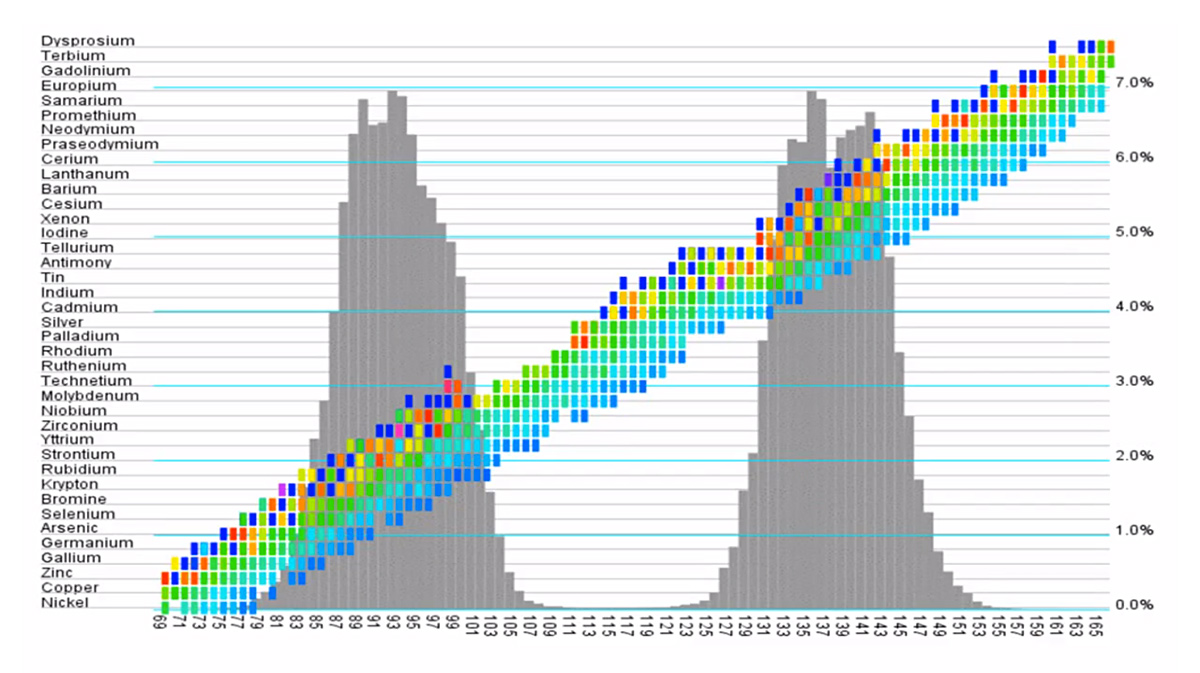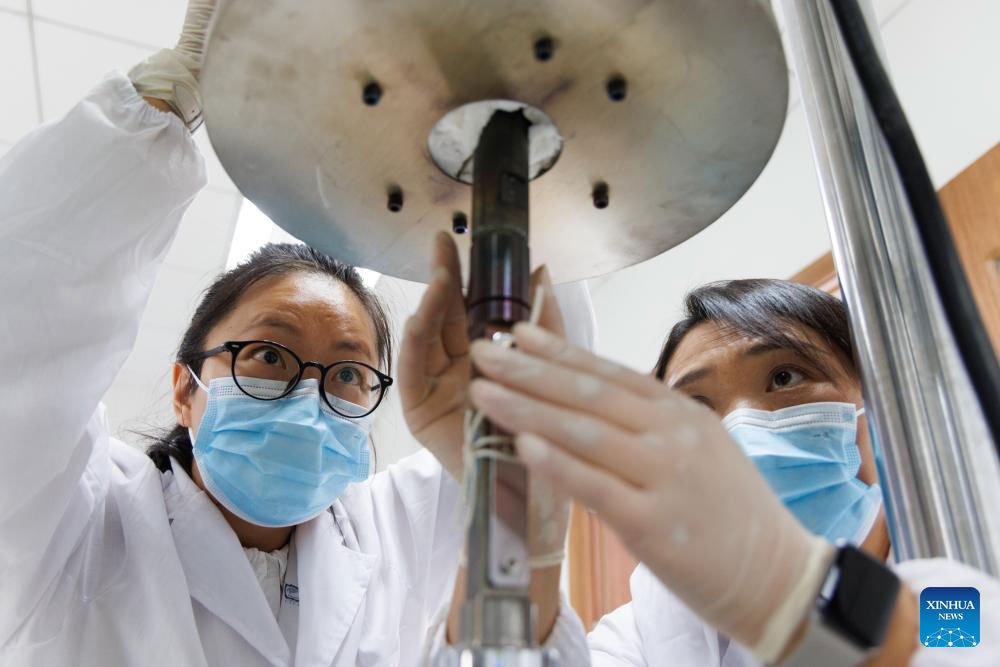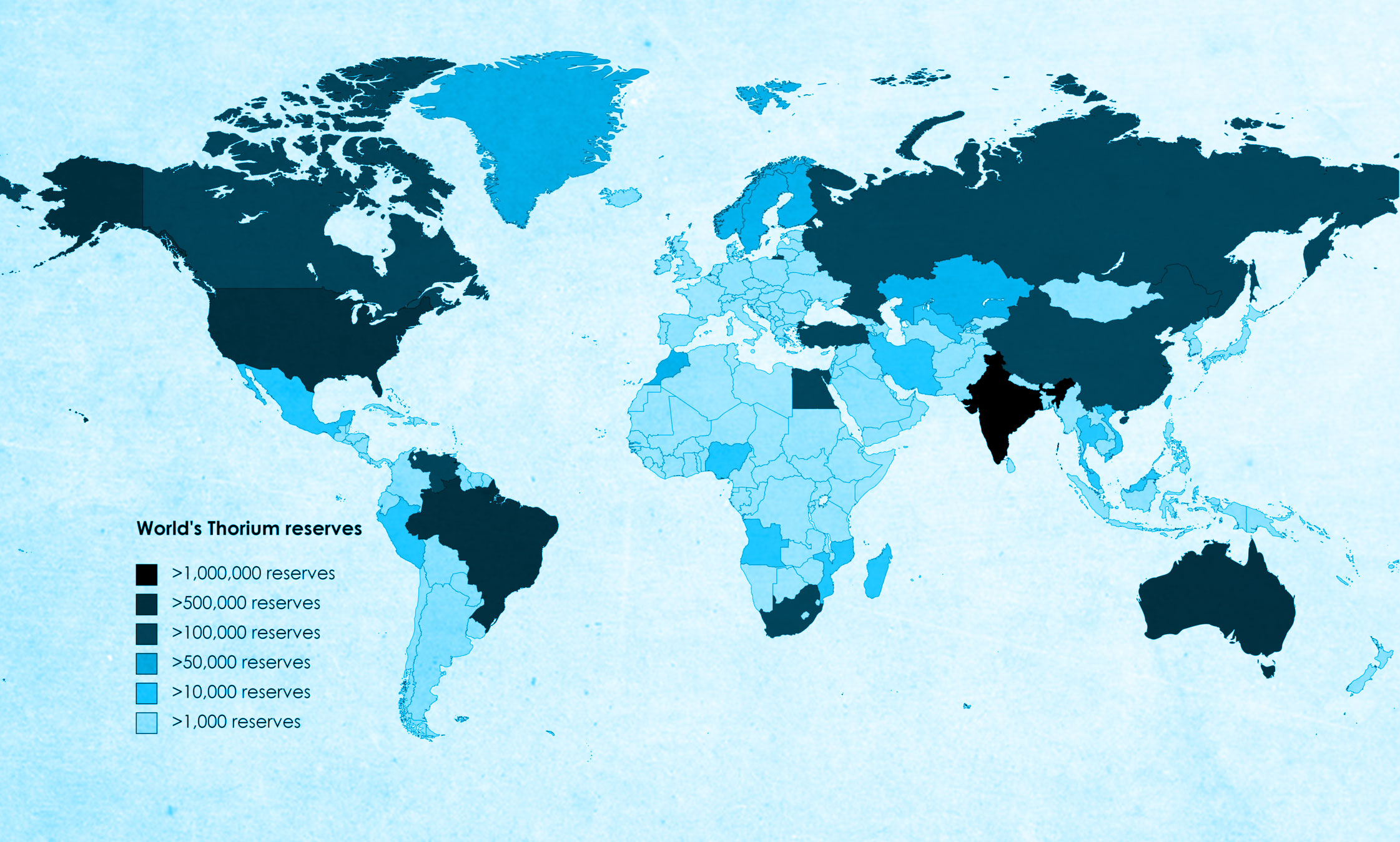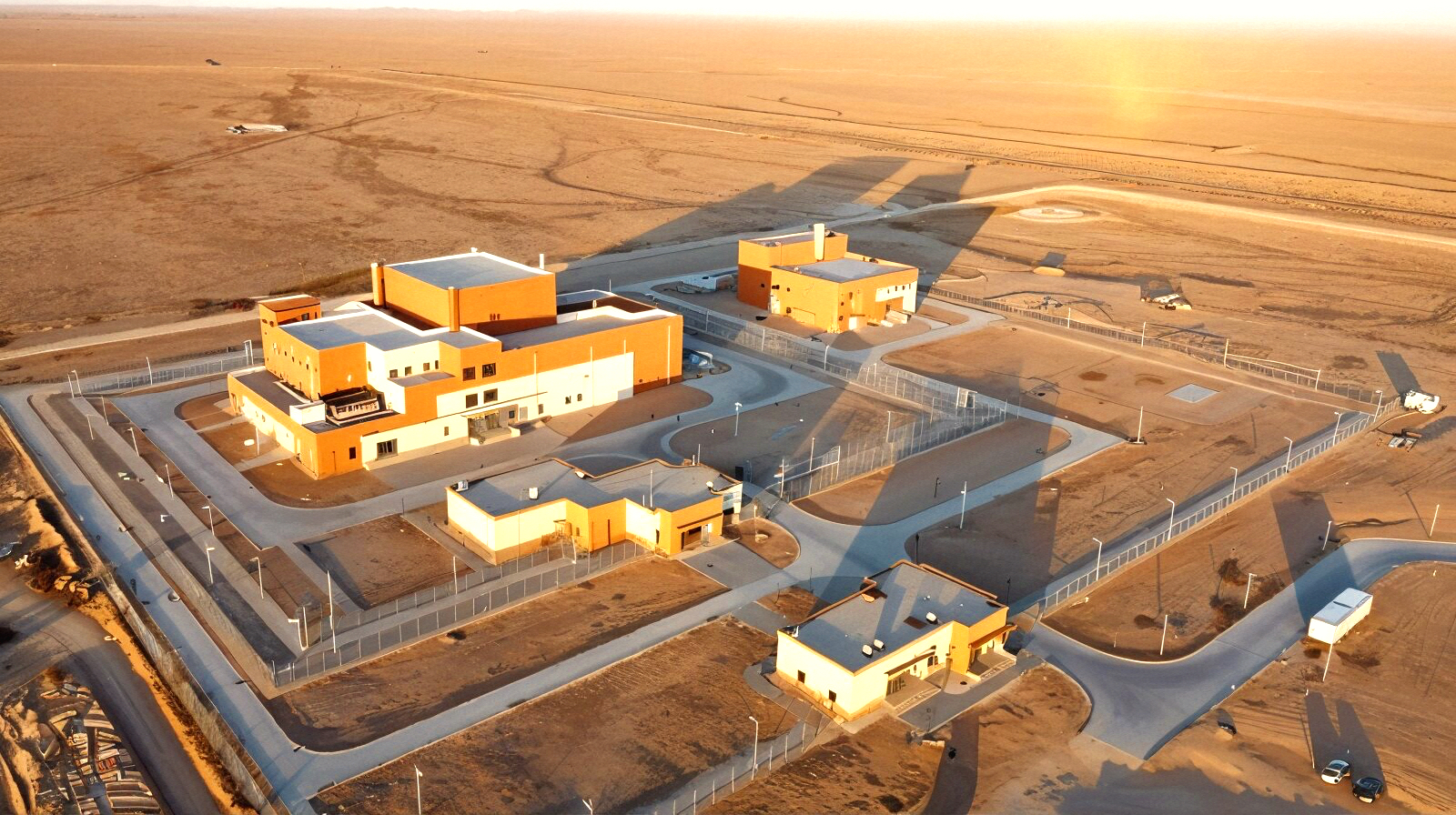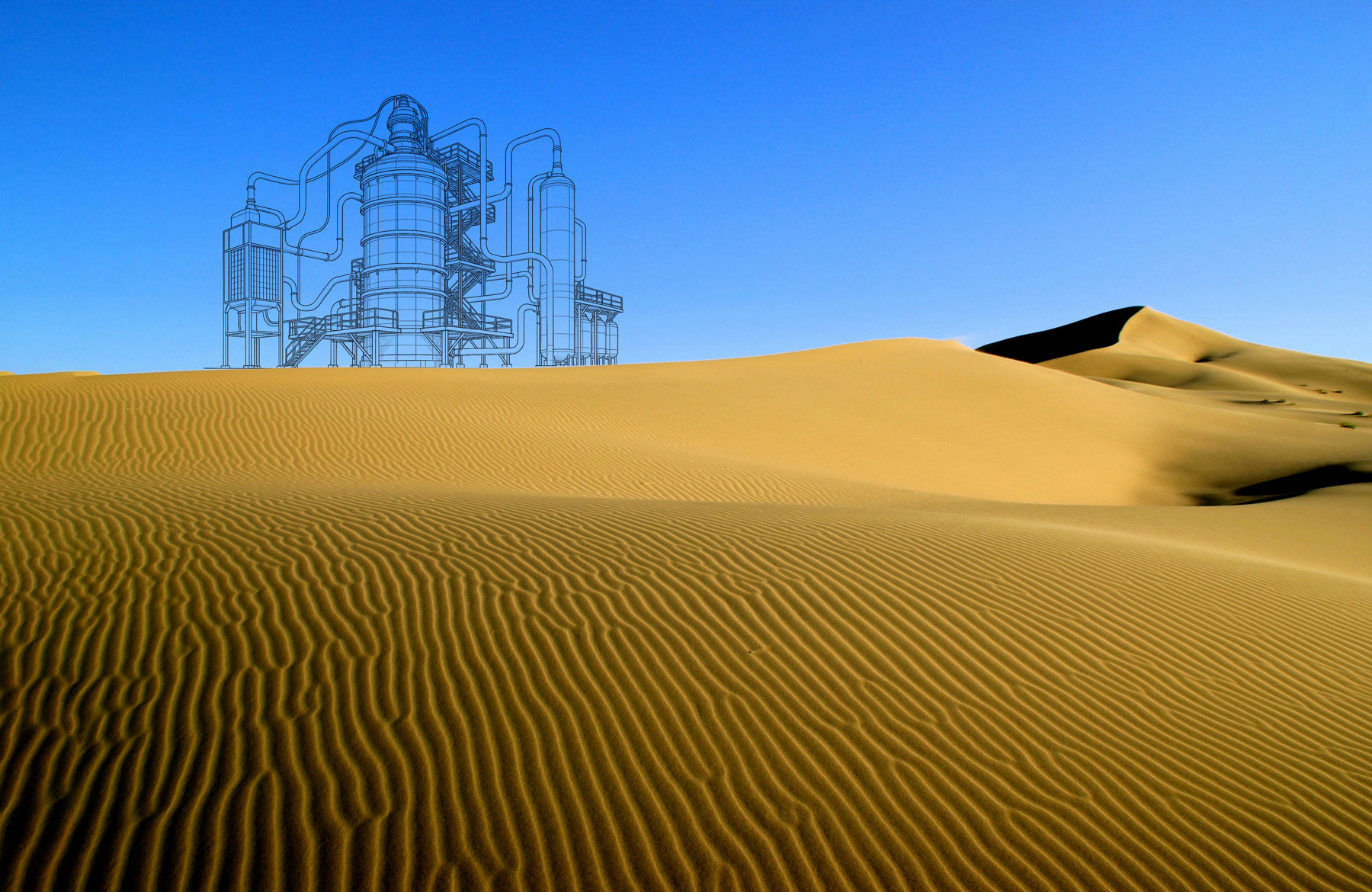We built and ran prototype Liquid Fluoride Thorium Reactors (LFTR) a form of molten salt reactor during the 60's. We have built LFTRs before.
Alvin Weinberg the man who invented and held the patents for our existing light water reactors (LWR) spent the rest of his career advocating the use of LFTR technology for it's safety and other advantages over LWR technology. Eventually he was fired for this advocacy even though he invented the LWR.
Once the development of a full scale LFTR design is completed and mass production started we expect a LFTR would be much cheaper to produce than a Light Water Reactor (LWR) we use today. The fuel to run a LFTR would be much more abundant and vastly cheaper than the uranium fuel used in today's light water reactors.
There is 4 times as much thorium as uranium on the planet, and we have thousands of years worth of thorium fuel available just in the USA. It is a waste product from neodymium rare earth mining. Some mines produce enough thorium as waste to meet the power demands of the entire earth for a year, in just one year of mining for neodymium.
Existing LWRs use less than 1% of the mined uranium as fuel, what can't be used for fuel is depleted uranium or radioactive waste. In an existing 1000 MW light water reactor, starting with 250 tons of natural uranium per year, 215 of that is discarded as nuclear waste (depleted uranium), the other 35 tons of enriched uranium (containing 1.15 tons of uranium 235) is used as fuel, after it has been burned as fuel the 35 tons of nuclear waste must be stored for 10,000 or more years in a facility like Yucca mountain.
In contrast thorium does not need to be refined or fabricated into rods and theoretically all of the thorium can be used as fuel. In a 1000 MW liquid fluoride thorium reactor, 1 ton of natural thorium would be used per year as fuel, it would not need to be refined like uranium, after it was burned up in the reactor 83% (0.83 tons) of the waste would be valuable and could be sold for important medical and scientific purposes, the remaining 17% (0.17 tons) would need to be stored for only 300 years.
A LFTR can generate Plutonium-238. It is very valuable, and NASA desperately needs it for space probes and it and has many other scientific uses. The LFTR can also generate valuable isotopes needed for medical purposes such as cancer treatment.
Transuranic waste (plutonium, americium, and curium etc.) represents the largest environmental concern in nuclear waste. A LFTR would generate thousands of times less transuranic waste than a current LWR. In fact, a LFTR can even recycle transuranic waste from existing nuclear LWR reactors, and use it as fuel. This is a much better solution than burying it. The waste produced by a LFTR is radioactive for 300 years vs 10,000 years with waste from an existing LWR.
LFTRs operate at normal atmospheric pressure unlike the light water reactors we use today, also they cannot melt down. Should the reactor overheat, lose power, or in the event of some catastrophe/natural disaster, a plug at the bottom of the reactor made of frozen salt, heats up and melts, the entire reactor contents empty into a passively cooled tank. It will save itself with no human intervention whatsoever.
LFTR cannot easily be used to make material for nuclear weapons. While it is true that the thorium fuel cycle generates fissile uranium 233, no one has ever attempted to make a nuclear weapon with uranium 233. It is extremely radioactive and would make it nearly impossible for humans to handle the bomb, not to mention the bomb electronics would be destroyed by it's extreme radioactivity.
The cost per megawatt hour with LFTR would be much cheaper than with existing light water reactors. We could safely solve our energy crisis using LFTR, with the help of fuel cell and electric plug in hybrids we could make great inroads to independence from fossil fuels.
Existing LWRs require huge amounts of fresh water to operate and must be placed by areas where water is available. LFTRs don't need water and can be placed virtually anywhere they are needed. The waste heat from LFTRs can be used to desalinate sea water, almost for free.
LFTR offers almost all the benefits of fusion technology with technology we've built before.

